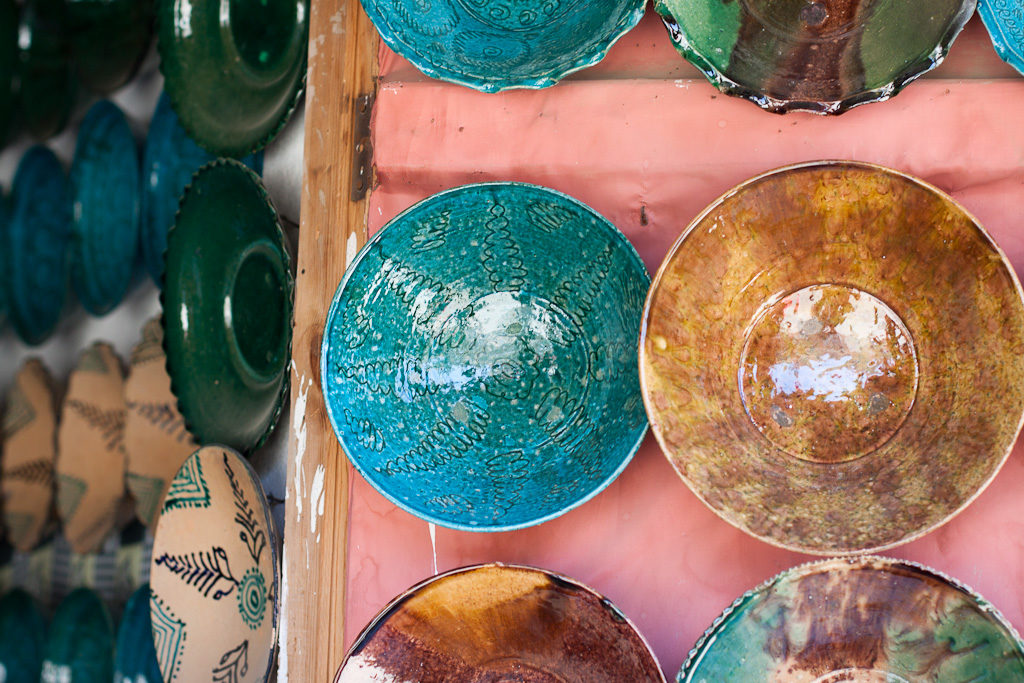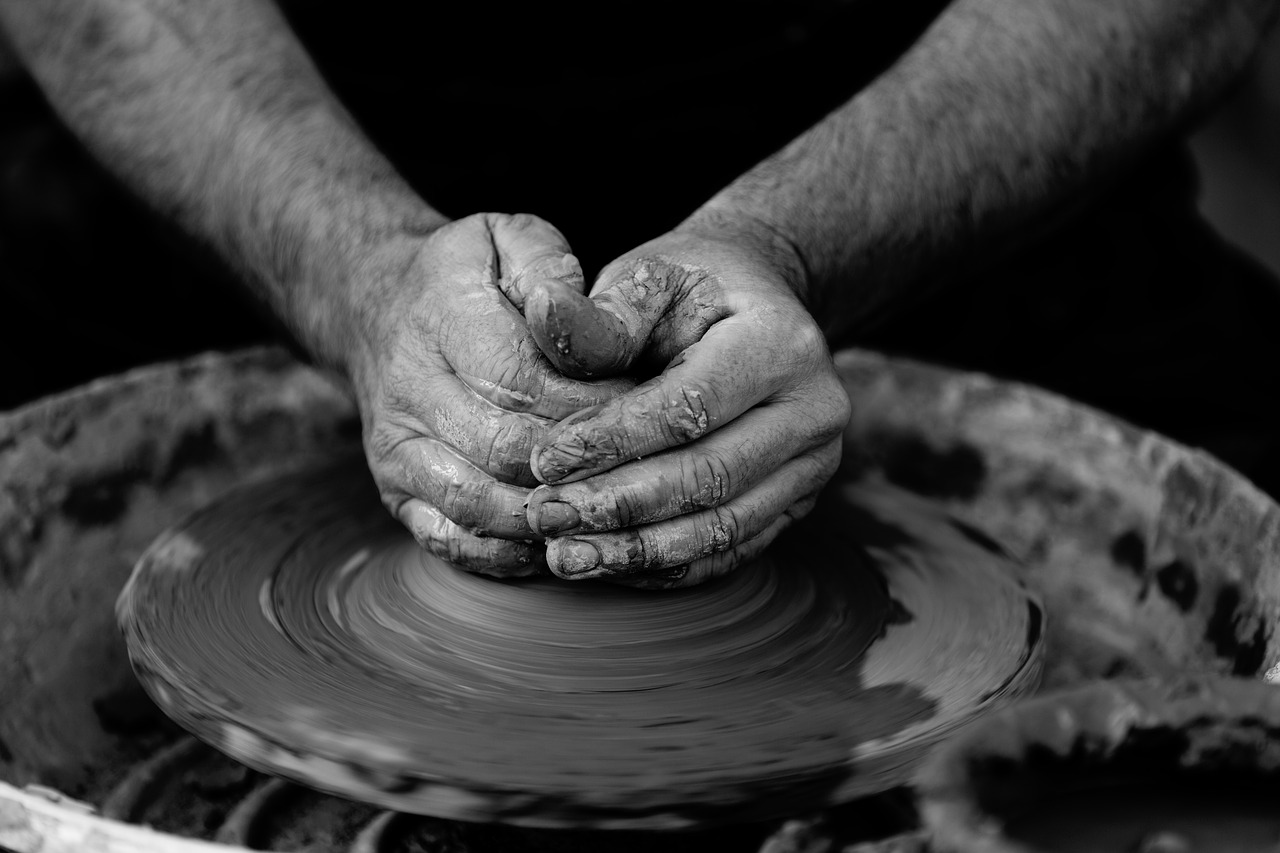The small Afghan village of Istalif lies about an hour’s drive north of Kabul. It is perched in the foothills of the Hindu Kush, whose tree-covered slopes rise sharply from the river below.
Istalif is not only a site of incredible natural beauty, it’s also home to a distinctive tradition of pottery-making that stretches back hundreds of years. Read on for a rare glimpse of the unique village of Istalif and its traditional ceramics.
Istalif was once an emperor’s favorite picnic spot.
With its blossoming trees, ancient gardens, and winding river, the village of Istalif has never been short of admirers. Perhaps the most famous of these was the great Mughal emperor Babur, a descendent of Genghis Khan, who captured Kabul in 1504 and ruled the region for decades afterward.
A man who spent much of his life on long and difficult campaigns, Babur was captivated by the peace and tranquility of Istalif. He bought a garden, the Bagh-i-Kalan, on the slopes above the river. This garden became his favorite place to come to recover from fighting and campaigning with picnicking and drinking parties. Later in life, Babur wrote of Istalif, “when the trees blossom, no place in the world equals it.”
According to legend, the potter’s community in Istalif was founded over 300 years ago.
While the history of pottery in Istalif has never been formally documented, local oral tradition has it that the village’s pottery tradition began more than 300 years ago. The founder of Istalifi pottery is said to be Sayed Mir Kolal. This potter from Bukhara (in present-day Uzbekistan) traveled to Afghanistan with his four sons in order to escape political upheaval.
When they reached Istalif and saw its rich clay deposits, abundance of water, beautiful surroundings, and easy proximity to the markets of Kabul, they knew they had found their new home. Today, Istalifi potters still believe that they are each descended from one of Mir Kolal’s four sons.

Pottery in Istalif is a family affair.
Given the story of its founding, it’s hardly surprising that the pottery tradition in Istalif is very much a family affair. The secrets of this art form have been passed down from father to son through many generations. From a young age, a family’s sons become potter’s apprentices, training daily with their fathers and uncles.
Every son is automatically considered part of the pottery clan. Even those that never master the art of throwing pots are still involved in the business (acting as salesmen for the family, for example), and are still considered to be “potters.”
The women of the family also take part, applying the glaze and engraving the intricate patterns on the shaped pieces. Today, there are around 50 or 60 families of potters in Istalif. For each of them, pottery is much more than just a profession: it is their very identity.
Istalifi ceramics are known for their distinctive glaze.
The most unique feature of Istalifi ceramics is the special turquoise glaze that is applied to the finished pieces. Made from ishkar, a type of mountain plant only found in certain provinces in northern Afghanistan, this glaze was central to the development of Istalif’s distinctive ceramic tradition.
To produce the glaze, the root of the ishkar plant is burned and the ash is ground into powder. This is then mixed with water and combined with quartz and copper oxide (both of which are easily sourced from the area around Istalif). The resulting mixture, a striking, sea-green glaze, is then used to cover the ceramics after firing.
Istalif was almost destroyed in the late 1990s.
Istalif’s status as a renowned center for ceramics is all the more incredible given the village’s tumultuous past. Istalif was destroyed (for the third time in its history) as a result of the conflict in the late 1990s.
The village itself was burned to the ground, and the residents were forced to flee. Before they left, however, many families secretly buried their pottery tools in the hopes that they would one day return to their homes and businesses.
The village is rebuilding itself and its arts and crafts traditions.
Happily, the renaissance that these exiled Istalifis hoped and planned for has indeed come to pass. Over the past 15 years, potters and their families have been slowly returning to Istalif and taking up their tools once more.
These resilient people have been helped in their efforts to rebuild their artisanal community by organizations like Turquoise Mountain. One of the most important NGOs focused on traditional arts and crafts in Afghanistan, Turquoise Mountain has worked closely with Istalifi potters to revive the village’s ceramic traditions, and to find new markets for its work.
Today, ceramics instruction is one of the main subjects at the Turquoise Mountain Institute. Faculty include Istalifi potters like Abdul Matin Malekzadah and Ustad Abdul Matin.

